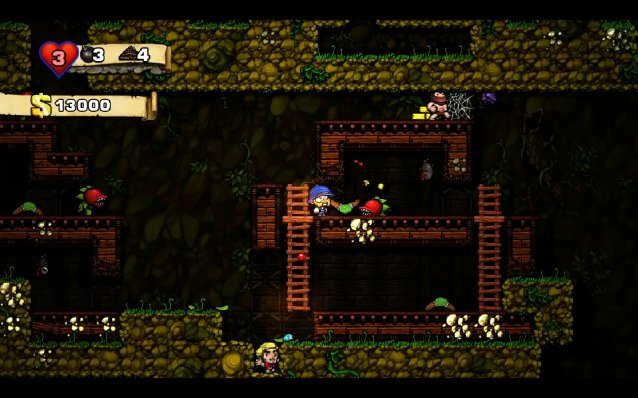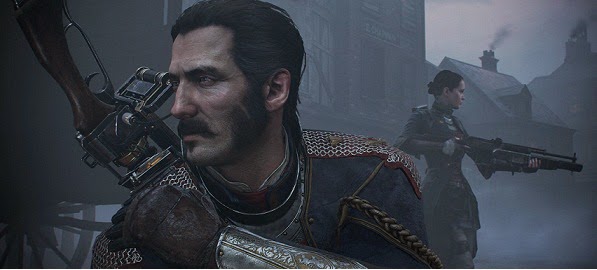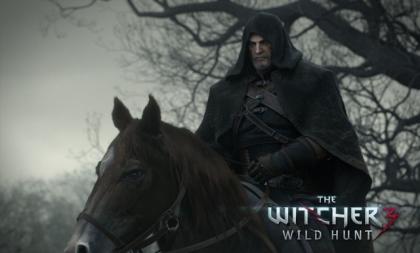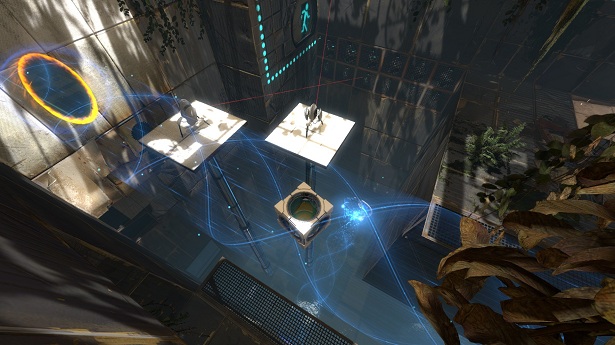


A difficult thing about satire is that it has to be good in order to be justified. Plenty of people get this wrong; they think you can subvert something just by doing exactly the same thing and then winking at the camera afterward. This line of thinking brought about war crimes like Meet The Spartans. What you instead need to do is explain why an idea is poor, but you do that by emulating the style of whatever initially conveyed it.
Spelunky is a great game with a lot of problems in female representation, that’s undeniable. In Anita Sarkeesian’s most recent Feminist Frequency video she discusses a problematic representation of the character of the “Damsel”. This character is a grown woman who stands idly in each level and waits for the lead character to save her. After she’s snatched from a hiding place she can be taken to the map’s exit where she gives you a kiss and raises your health, or can be sacrificed at an altar in exchange for a treasure. She can be used to stand in front of arrow traps and take damage instead of the player, along with being hurled at enemies to kill them. If she’s placed down anywhere she’ll wake up from a daze and run around aimlessly into danger, playing on outdated ideas that women are incapable of containing themselves under pressure and inherently need a man to save them. Whatever your feelings on female representation in games, you can’t claim that this is a positive one.
But, I still think the damsel’s role in the game is poignant and necessary. I don’t agree at all with how she’s portrayed. I think the character design is pretty terrible, but what I can’t deny is how effective the mechanics involving her are at making a statement about the player.

Spelunky puts you into the shoes of an adventurer who is essentially an animal murdering tomb-robber. Their main goal is to reach the end of the game with as much money as possible. As the player you inhabit this character’s interests, hoping to beat the game and get your score high up on the leaderboards. This is your only goal and you’ll employ whatever tactics will get you there quickest and easiest.
As the player, you choose to literally reduce this woman into an item. She’s no longer someone with aspirations and a family, she’s a “damsel”. You’re responsible for treating her in this unjustifiable way. You don’t care that she gets to the end safely, you care that when she gets there she boosts your health. If you thought it’d be more beneficial you’ll throw her on an altar hoping to get a pair of jump-higher boots. You’re the one who uses her as a human shield and a projectile attack.
Spelunky’s mechanics are designed to paint you as a selfish prick who cares about nothing but his own success.

It’s not a stretch to complain about the awful way in which the damsel is designed, because it’s overly terrible, but it’s impossible to complain about her status as being objectified without levying that criticism on the player for being implicit in it. They make the decision to exploit her existence for their own gain.
We’re in difficult territory here because this doesn’t exist in a vacuum. It exists in a world where women exist and regularly face danger at the hands of men. I don’t see that as a reason that this shouldn’t exist. Instead it’s almost the opposite. It forces you to accept that these actions are purely self-serving, manipulative and gross. You’re objectifying the damsel, and I think that’s more of a statement about your selfishness as a player than it has anything to do with the damsel herself.
This reading still holds up if you’re playing as any combination of customizable genders for the player or the damsel, which is thankful as I prefer to play as a woman and hurl around an adorable dog. I recognise and agree with Anita’s statements that the male Chippendale Damsel option doesn’t have the same cultural context to be seen as anything other than a joke rather than continuing to hold up a long standing line of thought, and that a woman’s ability to be replaced by a dog says enough about how she’s represented at all, but in each of these readings you’re still exposing someone to harm in order to better your own experience.
I hate how she’s represented physically, but as a concept I love what it says and how it says it. It’s a terrible idea but an utterly great implementation. There’s no way to justify your actions.




 Top 10 Best Co-op Games for PS3 | Playstation 3
Top 10 Best Co-op Games for PS3 | Playstation 3 Minecraft Xbox 360: How to Guide
Minecraft Xbox 360: How to Guide Top 21 The Witcher 3: Wild Hunt Tips and Tricks For Beginners About Gameplay, Free Roam, Attacks & Skills
Top 21 The Witcher 3: Wild Hunt Tips and Tricks For Beginners About Gameplay, Free Roam, Attacks & Skills Portal 2 Walkthrough
Portal 2 Walkthrough The Witcher 3 Monster Guide: How to Beat the Woodland Spirit
The Witcher 3 Monster Guide: How to Beat the Woodland Spirit